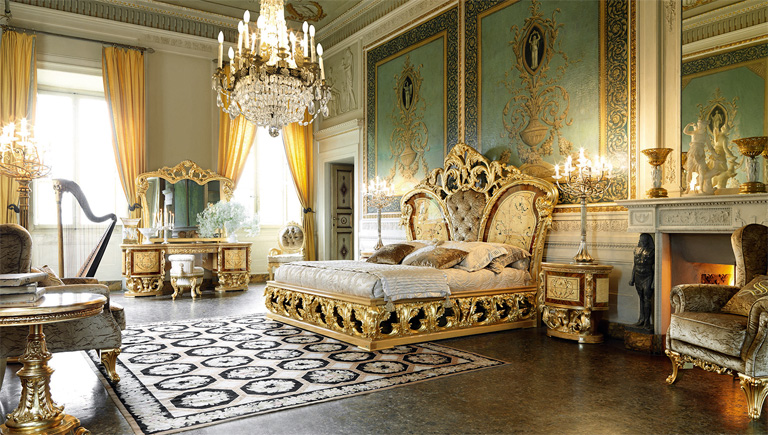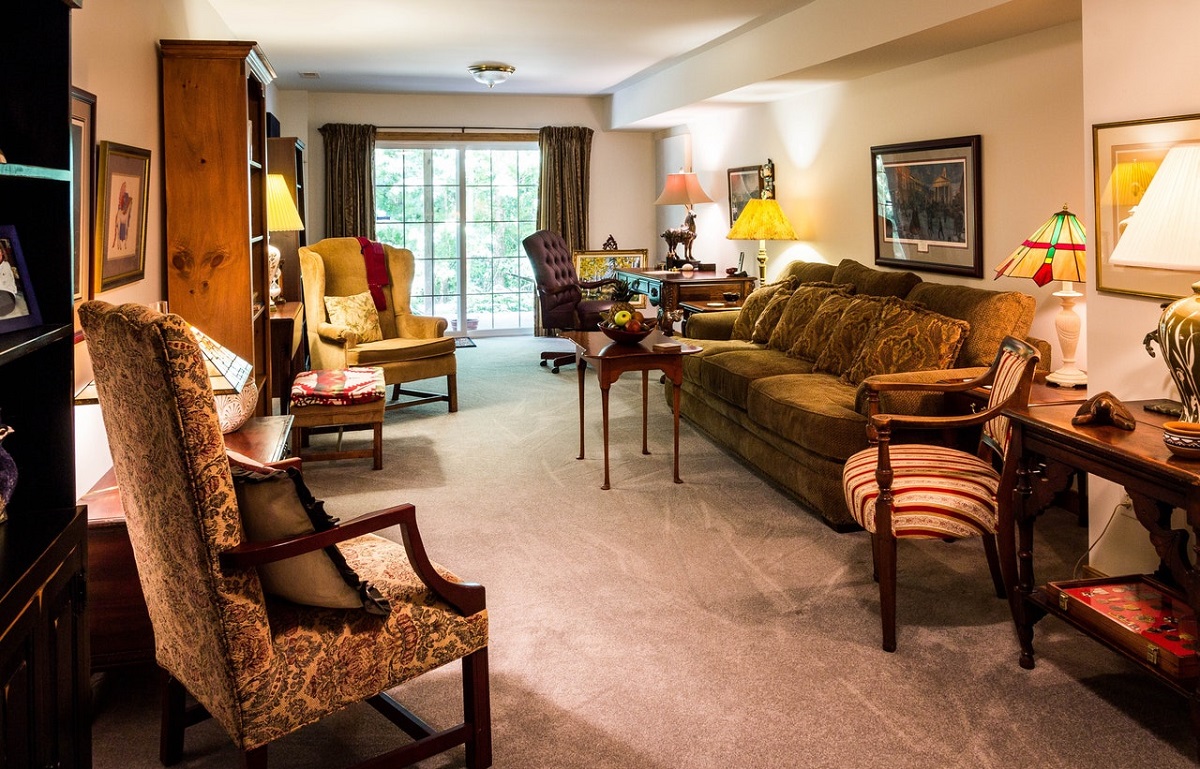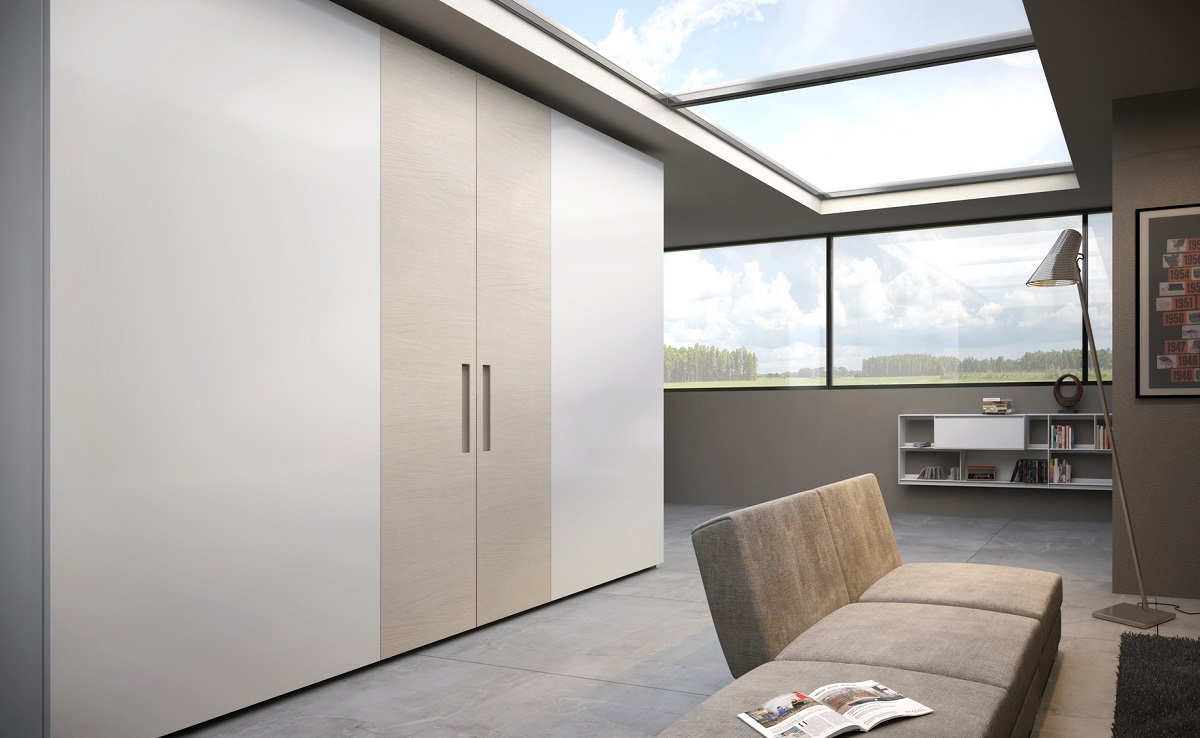What are the different styles of Italian design?
- Traditional
- Religion
- Renaissance
- Modern
- Italian Minimalism
- Modern Elegance
- Gilted Gleam
- Elaborate Glamour
Buying Italian inspired furniture from shops in Manila can add a fresh element to any room in your home. Italian design places a heavy emphasis on craftsmanship and unexpected pieces. Classic design principles are blended with modern design, resulting in a unique and stylish overall appearance. Italy is a country that is strongly connected to art, architecture, design, and history.
To master the art of Italian design might be a daunting task at first. There are various aspects that you have to think about before you fully integrate Italian design in your home. The modern Italian fantasy can range from cool Mediterranean tones to Venetian decadence. Here are some Italian designs you can apply to your home to keep it fresh.
Traditional
Traditional Italian design has a deep understanding of aesthetics and art. You can expect more than luxury when you’re looking at Italian design. Expect only the finest craftsmanship and detail for various furniture and interior components. When you think about Italian design, it’s often associated with marble, stone, and rich terra cotta tones. With the various textures mentioned earlier, another signature of Italian design is gilt trim present in both traditional and modern designs. If you want to go beyond luxury, then traditional Italian design is the one for you.
- Religion
Christianity greatly influenced architecture in 300 A.D. Emperor Constantine officially adopted this religion and sparked a new interest in the spiritual aspect of life. Early Christian churches were designed with either Basilican or Central plans. Basilican plans were mainly used to design palaces and various law courts in ancient Rome. Since then churches with Basilican plans are shaped like a rectangle. One of the most notable basilican churches is the church of St. Sabina in Rome. The Romans took the marble columns from ancient ruins in order to support the church.
- Renaissance
Skipping over to Italy’s golden age, the renaissance era focused more on humanity and worldly aesthetics. Artists began to study the human body as if they were scientists. Art, science, and architecture were so closely related that most of the designs you find in this era are so precise and detailed. The furniture of this era was seen as a status symbol. You can tell how rich a family is if they had beds in their homes. Decoration for furniture consisted mostly of detailed carvings on wood. Common motifs of the carvings were cupids, plants, and arabesques.
Modern
There are many Italian designers in the modern era that are revered for their creativity and innovations. Modern design uses vast open spaces to fully illustrate and highlight minimal furniture aesthetics. Avoiding clutter keeps this specific type of Italian design modern. Storage options such as chests and uniquely designed ottomans can keep clutter organized and out of sight.
- Italian Minimalism
The modern design remains popular for many interior designers. Mastering modern Italian design requires the right mix of minimalism and attention to detail. Through the use of high-quality materials, it’s easy to transform any room to cater to this well-loved aesthetic.
- Modern Elegance
Elegance is still an important aspect of modern Italian design. Elegant silhouettes make a huge statement and a loud first impression. By incorporating Baroque styles or French provincial furniture made from only the best materials plus a neutral palette, you too can also express elegance in your home.
- Gilted Gleam
Gold trimming is another popular touch in both modern and traditional Italian design. Gold veining in marble floors or gilt-laden mirror frames can be seen in many luxurious Italian homes. More is more when it comes to using gold trim on your furniture. Forget about minimalism when you’re going for gold.
- Elaborate Glamour
Decorative standards for Italian designs were always high and in the modern aspect of this, gleaming stone floors, walls, and countertops can add more to minimalist furniture. If you need to add a glamorous vibe to your kitchen or bathroom, try adding marble floors and terracotta counters. Using terracotta can also compliment rustic styles if you want an added layer of coziness.
Key Takeaway
Unleash your inner interior designer with furniture shops in Manila. Trying out a new style for your rooms gives you a chance to reinvent your whole aesthetic. Being stuck in a monotone pattern can easily get exhausting.
Redesigning your home will reinvigorate your passion, just choose the right design. Getting started with Italian designs is a great way to dive in another dimension and layer of elegance and sophistication for your home. Italian design doesn’t play games when it comes to luxury.
Every detail and corner of your home can be rejuvenated by following and integrating these great design ideas. Small details like matching items really execute and give a lasting first impression. If you need next level comfort with impressive aesthetics, Italian design is the choice for you.




